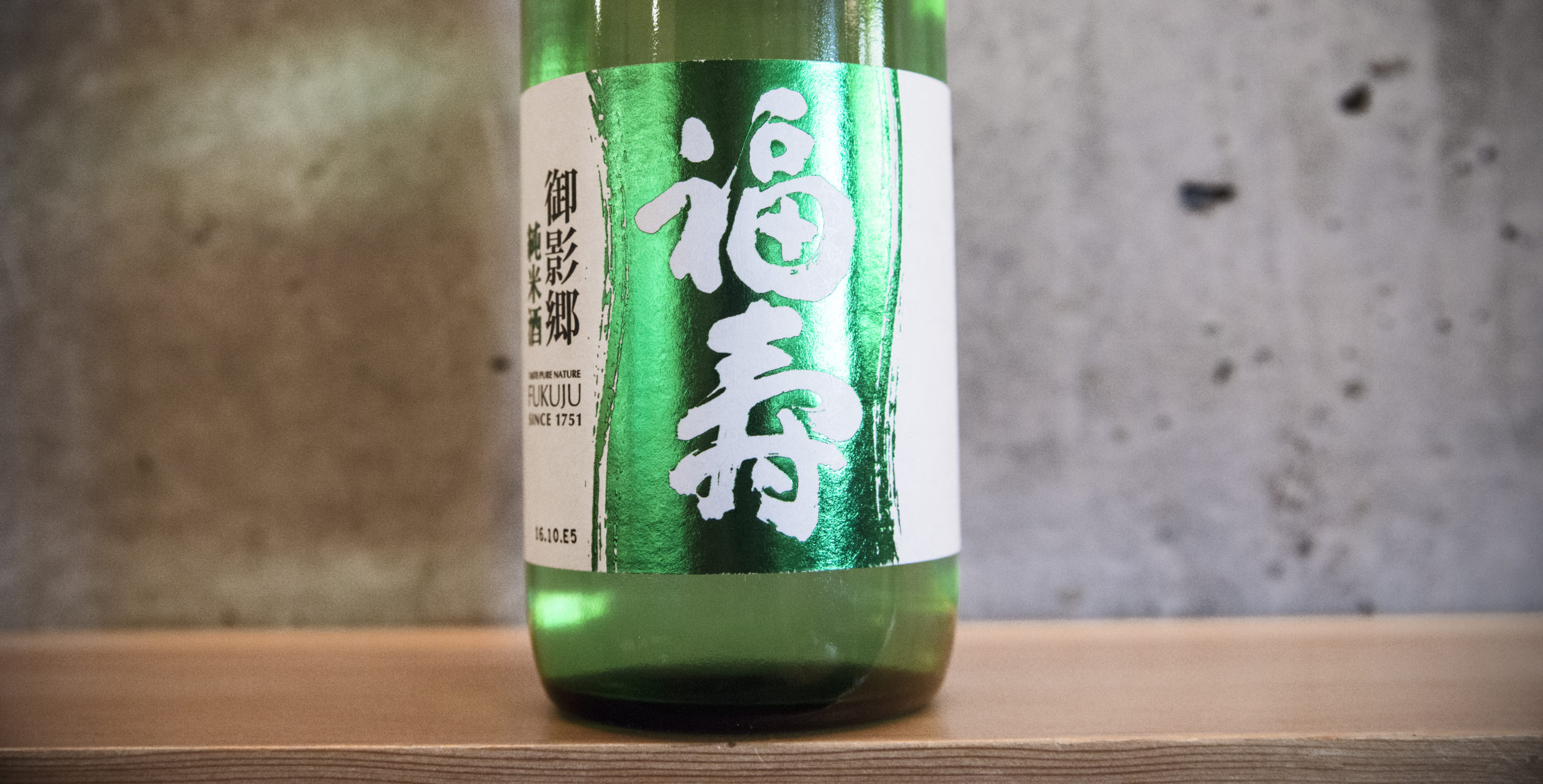Fukuju “Mikagego” Junmai is an outstanding sake that every enthusiast should try at least once. It’s a famous Kobe sake brand from a legendary brewery. And this post will dive into all of the details
Learn what Mikagego tastes like, how best to serve it, what it pairs with, and technical info. And if you’ve had this sake, I’d love to hear your thoughts. You can share them at the bottom of this post and help spread the word.
So let’s dive in!
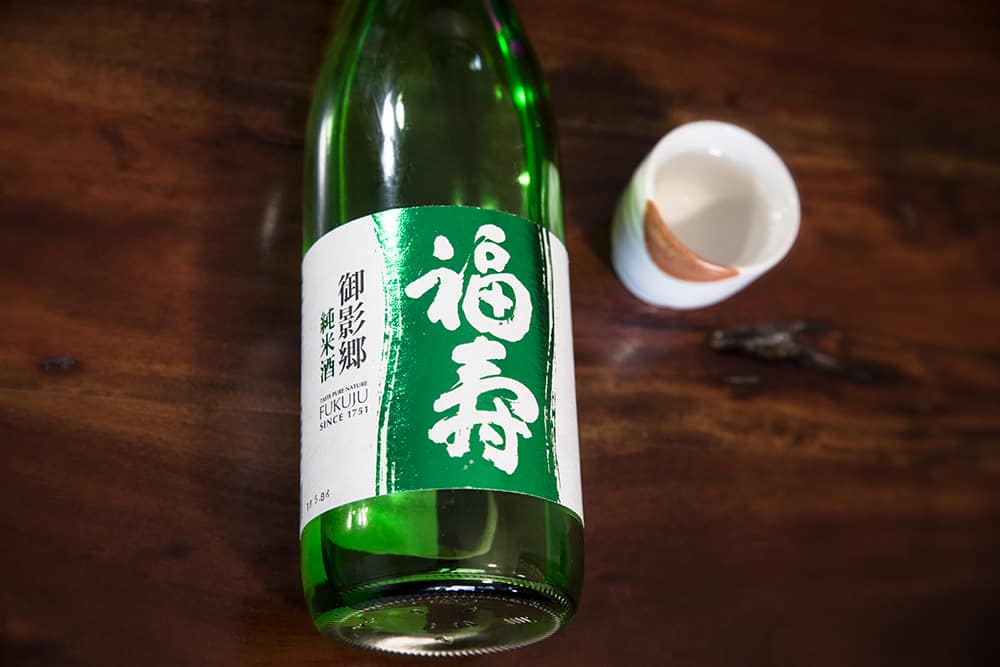
Fukuju Mikagego Junmai Tasting Notes & Overview
A fresh, fruity, floral, and mineral Junmai. It’s fruitier than most but is still well-structured and extremely competent with food pairing. Fukuju Junmai has a little bit of everything! That’s why it was a no-brainer to add it to my best sake list.
Green Label is a fresh example of Nada junmai sake that showcases the typical mineral, sour, and masculine profile of the brewing region. But it also features more delicate nuances like dried flowers, green apple skin, and lemon zest.
Fukuju Junmai’s aromatic intensity is somewhat lifted for a junmai-shu, and the finish is quite long. Fukuju’s freshness is in part due to its high-temperature kouontouka shubo (高温糖化酒母)-method of mash starter. It produces brighter, fruity sake with a clean and fresh profile. This is a relatively modern way of making a mash starter. This choice ties well with the brewery’s (Kobe Shushinkan 神戶酒心館) philosophy of mixing the best parts of using both cutting-edge equipment/techniques and more laborious and traditional brewing methods.
Green Label is also only once pasteurized, like most of Fukuju’s products. This keeps the sake stable while retaining a fresh character.
Finally, the koji-mai for Fukuju Junmai is Yamada Nishiki grown in Hyogo’s famed Ozo-cho 大沢町. The quality of this district’s Yamada Nishiki is considered to be the best after the nearby Kato-shi area.
Pairing Fukuju Junmai With Food
Fukuju Junmai has the umami and acidity to pair with a wide range of dishes. Meat from leaner cuts and preparations of beef to duck and chicken-based cuisine work well.
Fukuju Junmai is a refreshing foil to oily dishes like tempura and fish like bluefin (hon maguro 本マグロ), saba 鯖, and black cod (gindara 銀鱈).
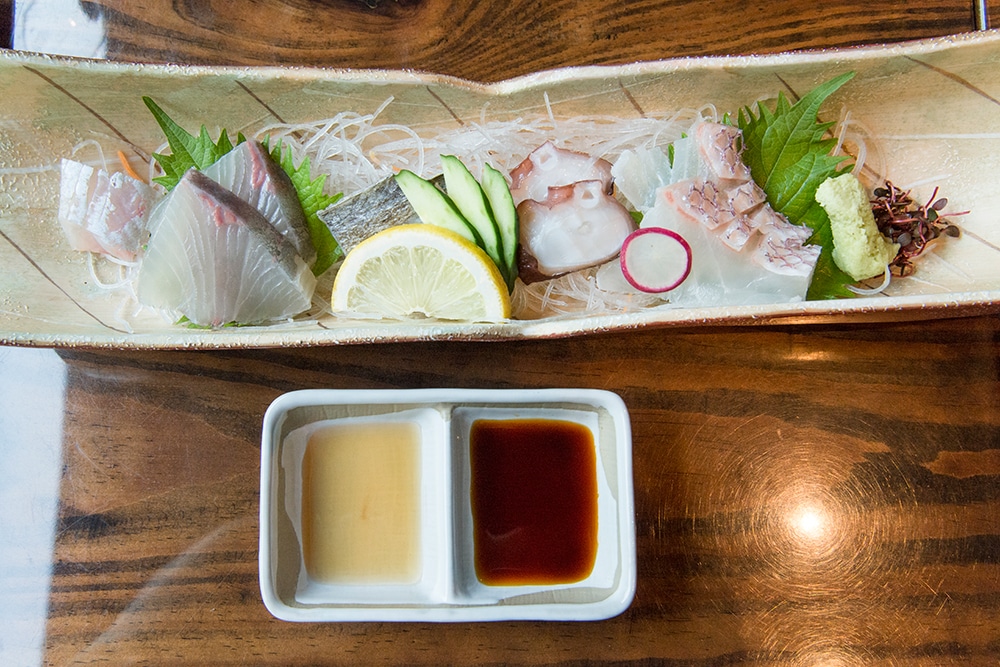
Fukuju Green Label Service Tips
The temperature range that this sake can handle is broad. Chilled and in a wine glass for a firmer structure, drier flavor, and more details. Smaller o-choko will mellow the sake.
Warmed, Fukuju Junmai shows its sour rice and fresh fruit character. It tastes great either way, so drink it the way that makes you happy!
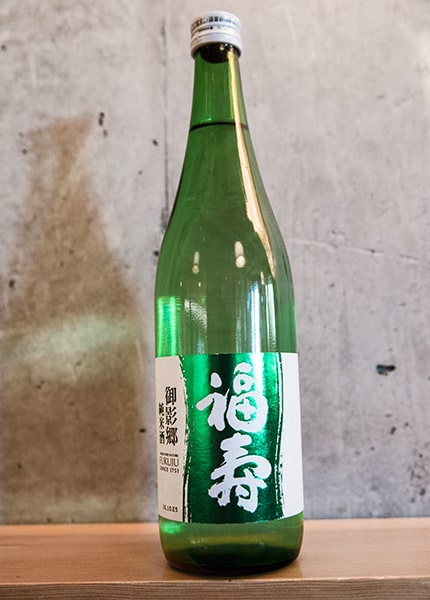
Technical Specs
Kojimai: Ozo 大沢 Yamada Nishiki 山田錦 milled to 70%
Kakemai: Hinohikari ひのひかりmilled to 70%
#901 Yeast
SMV: +4 Acidity: 1.4 Amino Acid: 1.4 ABV: 15.5%
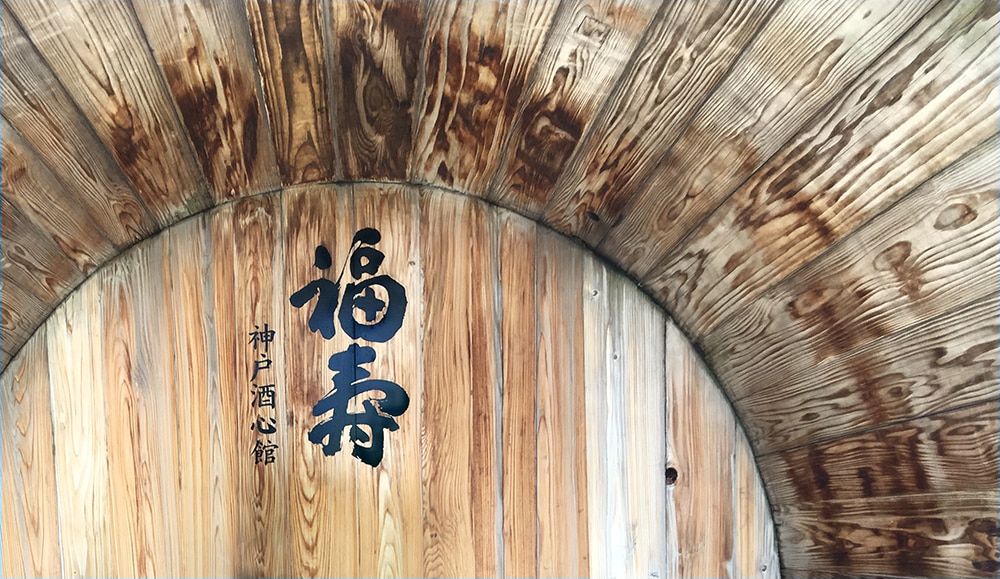
The Kobe Shushinkan Brewery
Brewery: Kobe Shushinkan神戶酒心館 Location: Mikagego, Kobe, Hyogo
EST: 1751 Official Site: English Site / 日本語
The Kobe Shushinkan 神戶酒心館 brewery, and its brand Fukuju 福寿, is one of the more recognizable producers of the famed Nada 灘 region of Hyogo prefecture.
Fukuju sake is on the leading edge of modern sake production. Their style is typically elegant, very fresh, and features a great balance of fruit and mineral notes across their range of products. Their sake are free of the umami-heavy and occasionally funky qualities that some of their Nada competitors exhibit.
Check out my Kobe Shushinkan guide to learn more about Fukuju sake.
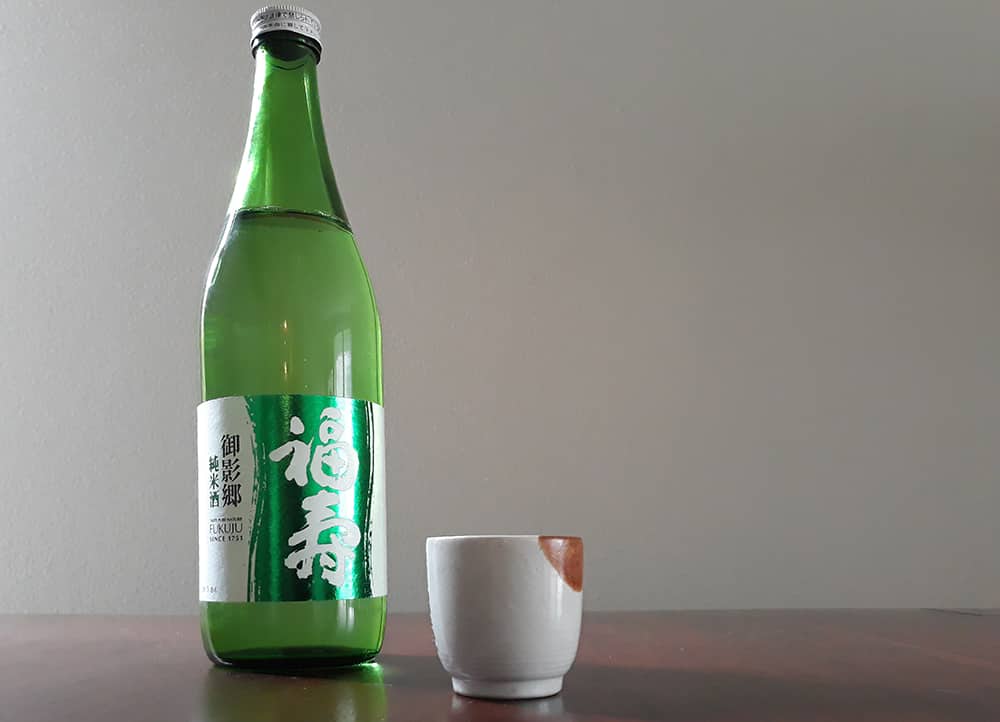
Label Translation / Kanji
Kobe Shushinkan 神戶酒心館 Fukuju 福寿
Mikagego 御影郷
Nada 灘 Miyamizu 宮水
